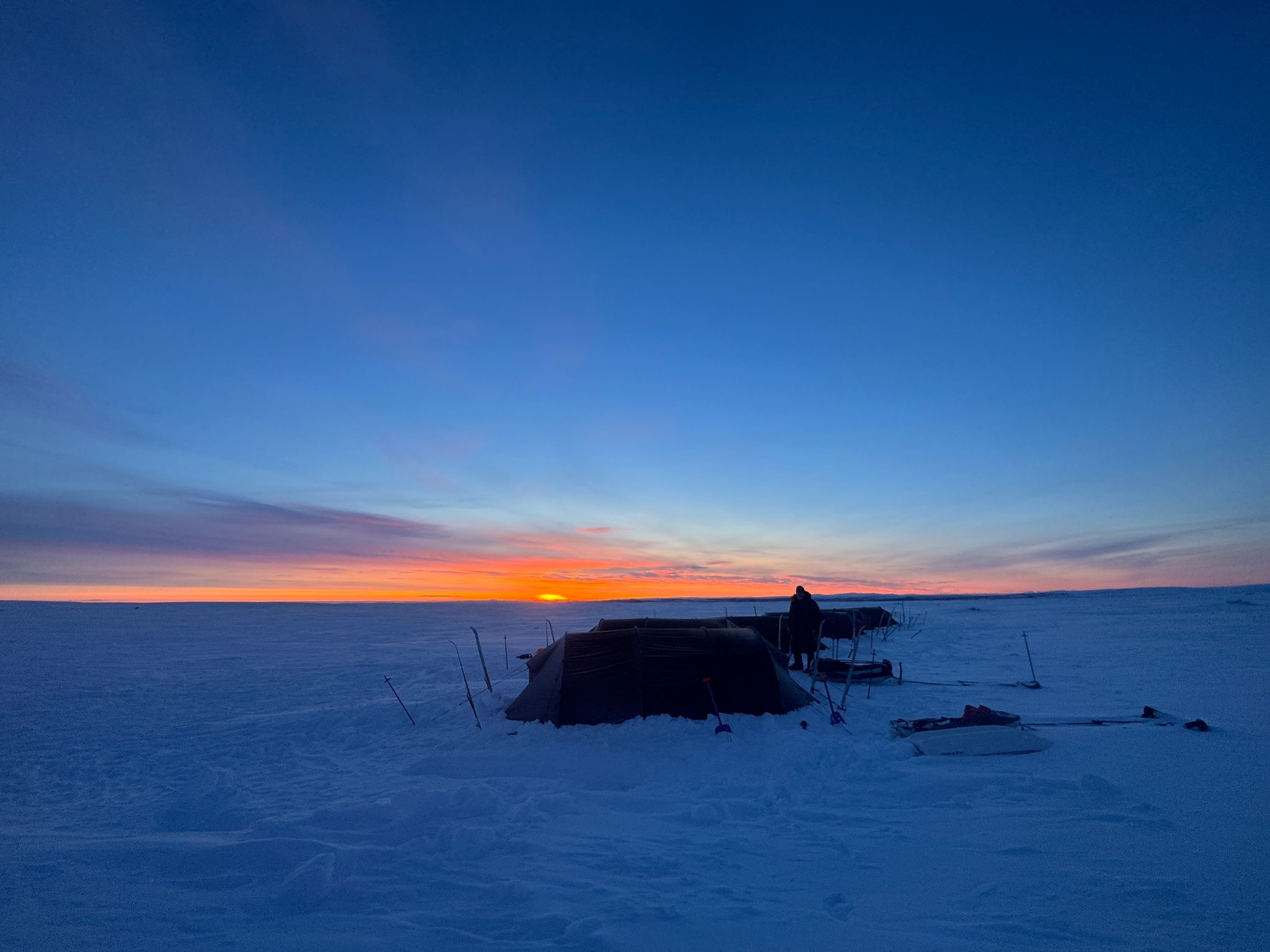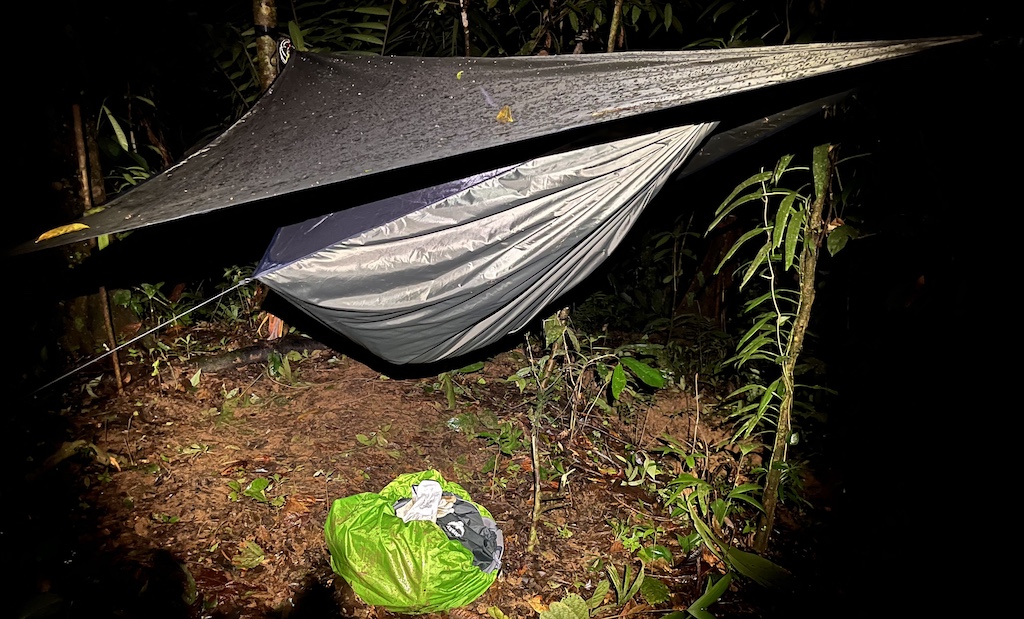The increasing commercialization of expeditions has led to the widespread inclusion of medical personnel to support remote challenges. While critical illness and injury remain relatively uncommon in these settings, minor musculoskeletal injuries, repetitive strain, and superficial wounds are far more frequent (Gentile al., 1992). In wilderness and extreme medicine, medical resources are limited and environmental conditions present significant challenges, physiotherapy plays a crucial yet often underappreciated role. Whether addressing musculoskeletal trauma in mountaineers, supporting expedition team members dealing with overuse injuries, managing injuries among military personnel, or providing essential humanitarian care, physiotherapy offers a comprehensive approach that spans preparation, acute treatment, and long-term recovery (Beattie et al, 2022).
World Extreme Medicine is an organization dedicated to expanding the professional knowledge of practitioners, equipping them to operate effectively in remote and austere environments. Their courses offer practical and theoretical environment-led training, delivered by experienced faculty. Typically, participants include doctors, nurses, and paramedics; however it has become more evident that the physiotherapist’s role provides an ideal foundation for acquiring additional first responder skills whilst utilizing existing core clinical expertise within these challenging settings.
Injury Prevention and Prehabilitation
“Prehabilitation is the process of enhancing an individual’s functional capacity to enable him or her to withstand a forthcoming stressor” (Bamugo & Amoako, 2017). Extreme environments frequently expose individuals to novel musculoskeletal stresses, leading to an increased risk of injury. Prehabilitation is a critical aspect of injury prevention and plays a significant role in mitigating injury risks. Proactive preparation of the body for anticipated physical demands includes a comprehensive understanding of both the task and challenging environmental conditions, enabling physiotherapists to anticipate potential physical risks and devise appropriate performance-enhancing strategies to reduce these.
Targeted interventions such as strength training, mobility protocols, proprioceptive re-education, and endurance conditioning are essential for building resilience against common injuries like ankle sprains, stress fractures, and lower back pain (Silva et al, 2018). These preventive strategies are particularly crucial for military personnel, explorers, endurance athletes, and search-and-rescue teams, where effective injury prevention is directly linked to the success of the mission or challenge (Milani et al, 2022).
Acute Injury Management in Remote Environments
In wilderness and remote settings, access to advanced medical care is severely restricted or entirely unavailable, making immediate injury management critical. Physiotherapists possess advanced knowledge of human anatomy, physiology and pathological processes, along with functional insight into movement patterns, allowing them to perform accurate assessments, diagnoses and treatment in the absence of diagnostic tools such as imaging equipment (McGill, 2013). Additionally, physiotherapists trained in remote medicine are skilled in assessing and stabilizing injuries with minimal equipment and creative adaptations of day-to-day kit.
Acute trauma management training enhances a physiotherapist’s ability to deliver acute pre-hospital care, to distinguish between life-threatening injuries necessitating immediate intervention and rapid evacuation or whether supportive care is sufficient for the expedition to continue.

Dr Victoria Sparkes (PT)
Dr. Victoria Sparkes has degrees in physiotherapy, HE (research/evidence-based practice), and neurorehabilitation. Currently pursuing an LLM in Medical Law and Ethics, and an MSc in Extreme Medicine, her focus is on military/veteran human performance, and disability challenges in expeditions.

Rehabilitation and Return to Activity
Recovery from injury in extreme environments extends beyond immediate treatment, whereby resuming strength, mobility, and function is critical for returning to full activity. In austere environments, creative adaptations, using available terrain and bodyweight exercises can facilitate a safe and paced recovery. Since most challenging environments require enhanced physical and cognitive resilience, the optimisation of post-injury performance is equally important for military personnel, adventurers, and endurance athletes. By focusing on movement analysis, load management, and neuromuscular control, physiotherapists can work to support stronger and more resilient individuals than their pre-injury state.
Conclusion
Physiotherapy is becoming essential to extreme medicine, providing injury prevention, acute management, and rehabilitation strategies adapted to challenging environments. As human endurance limits are increasingly tested in remote and austere settings, the role of physiotherapy in this area will continue to gain momentum. Widening physiotherapy skill sets for proficiency in emergency first response is a natural evolution within this field, and one physiotherapists have the capacity to adopt with ease.
References
Babenko, Y., Bilous, V., Yezhova, O., & Biesiedina, A. (2022). Therapeutic exercises for prevention and rehabilitation of sports shoulder injuries. Acta Balneologica, 64, 187-191. https://doi.org/10.36740/ABal202202116
Banugo, P., & Amoako, D. (2017). Prehabilitation. BJA Education, 17(12), 401-405. https://doi.org/10.1093/bjaed/mkx032
Beattie, P., Jernigan, D., McDavitt, S., & Hearn, D. (2022). Physical therapists can be value-added providers in wilderness medicine. Physical Therapy, 102(9), zac096. https://doi.org/10.1093/ptj/pzac096
Gentile, D.A., Morris, J.A., Schimelpfenig, T., Bass, S.M., & Auerbach, P.S. (1992). Wilderness injuries and illnesses. Annals of Emergency Medicine, 21(7), 853-861. https://doi.org/10.1016/s0196-0644(05)81034-0
McGill, T. (2013). Effectiveness of physical therapists serving as primary care musculoskeletal providers as compared to family practice providers in a deployed combat location: A retrospective medical chart review. Military Medicine, 178, 1115–1120.
Milani, M., Roveri, G., Falla, M., Dal Cappello, T., & Strapazzon, G. (2023). Occupational accidents among search and rescue providers during mountain rescue operations and training events. Annals of Emergency Medicine, 81(6), 699-705. https://doi.org/10.1016/j.annemergmed.2022.12.015
Silva, P.V., Kamper, S.J., & Costa, L.D.C.M. (2018). Exercise-based intervention for prevention of sports injuries (PEDro synthesis). British Journal of Sports Medicine, 52(6), 408-409.
AI declaration
I declare that AI was only used to organise the reference list in APA7th format.


Following EPA with great interest! I am working in this promising field myself. My next course (Ultrafysio Expedition Advanced) will be in Paramaribo in oktober. You are welcome to join!